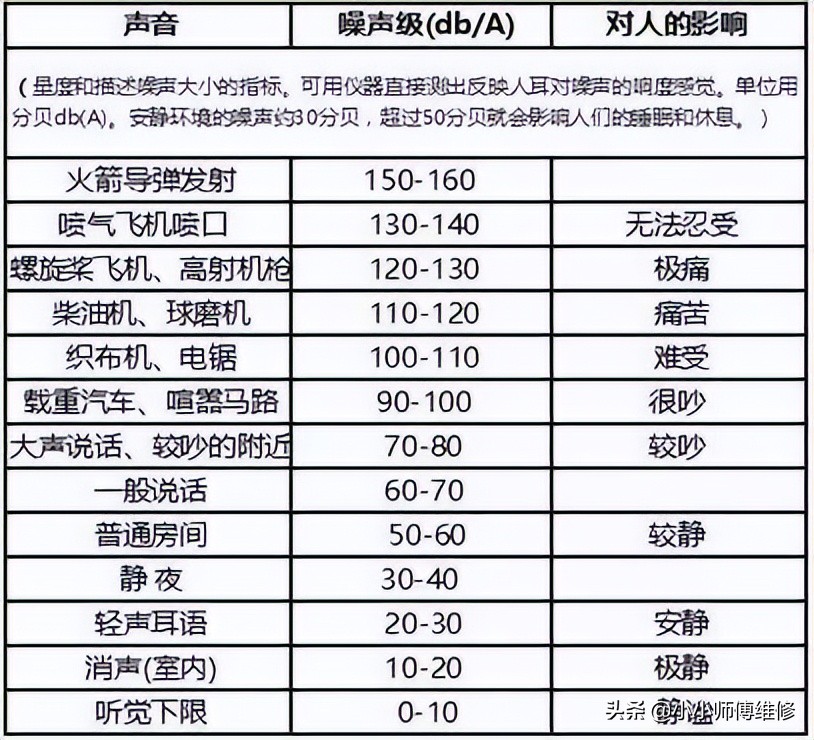摘要:随着城市生活的不断发展,静音革命悄然兴起。低噪音技术正在成为城市生活中不可或缺的一部分,为城市居民带来更加安静、舒适的生活环境。这一变革不仅提升了城市居民的生活质量,也反映了社会对于环境保护和可持续发展的重视。低噪音技术将继续推动城市生活的静音革命,为城市生活注入更多宁静与和谐。
In the bustling cities of today, noise pollution has become an increasingly pressing issue. The constant din of traffic, construction, and other urban activities can not only affect our physical health but also our mental well-being. Against this backdrop, the pursuit of a low-noise lifestyle is gaining momentum, driven by a silent revolution aimed at enhancing our urban experience.
The Quest for Quiet Living
Low noise as a way of life means embracing a serene environment where peace and tranquility are paramount. This concept encompasses not only the reduction of external noise but also the mitigation of noise within our homes, workplaces, and daily routines.
Effective Noise Reduction Measures
To achieve a low-noise lifestyle, several strategies can be adopted. The use of noise-canceling technology in headphones and earplugs has become a common practice, effectively blocking out unwanted sound. Additionally, sound barriers such as fences and walls can help mitigate noise from external sources. Building design and urban planning now incorporate noise reduction measures to create more peaceful environments.
Green Spaces for Noise Relief
Green spaces and parks are crucial components in the fight against noise pollution. These natural areas not only provide a break from the urban cacophony but also offer a sense of tranquility and relaxation. Trees and other plants absorb sound waves, reducing noise levels in these spaces. Moreover, green areas promote outdoor activities that require silence, such as meditation and yoga.
The Role of Technology in Low Noise Living
Technology has played a pivotal role in creating low-noise environments. Smart cities are incorporating technology that not only reduces traffic noise but also monitors noise levels in real-time. Apps and devices that monitor noise levels in the home and notify users when noise exceeds certain thresholds are becoming increasingly popular. Furthermore, noise-canceling windows and doors are becoming standard features in modern architecture, effectively mitigating noise without compromising on aesthetics or functionality.
Impact on Mental Health and Wellbeing
The pursuit of a low-noise lifestyle is not just about reducing external noise but also about promoting inner peace and tranquility. Noise pollution has been linked to increased stress levels and anxiety, which can have a significant impact on our mental health. By creating quiet environments and promoting relaxation techniques, low-noise living can contribute to improved mental well-being and overall quality of life.
Promoting Quiet Culture
Creating a quiet culture is essential in promoting low-noise living. Education on noise pollution and its impact on our lives is crucial. Additionally, promoting quiet spaces in public places, such as libraries, cafes, and parks, can encourage people to appreciate silence and its benefits. By creating awareness about the importance of low-noise environments, we can foster a culture that values silence as much as we do noise.
Conclusion
The pursuit of a low-noise lifestyle is a silent revolution that is transforming urban life. Through effective noise reduction measures, green spaces, technological advancements, improved mental health, and the promotion of quiet culture, we can create environments where silence is not just a luxury but a necessity for our physical and mental well-being. As we move forward, let us embrace the power of silence and create a more peaceful urban world.




 京公网安备11000000000001号
京公网安备11000000000001号 京ICP备11000001号
京ICP备11000001号